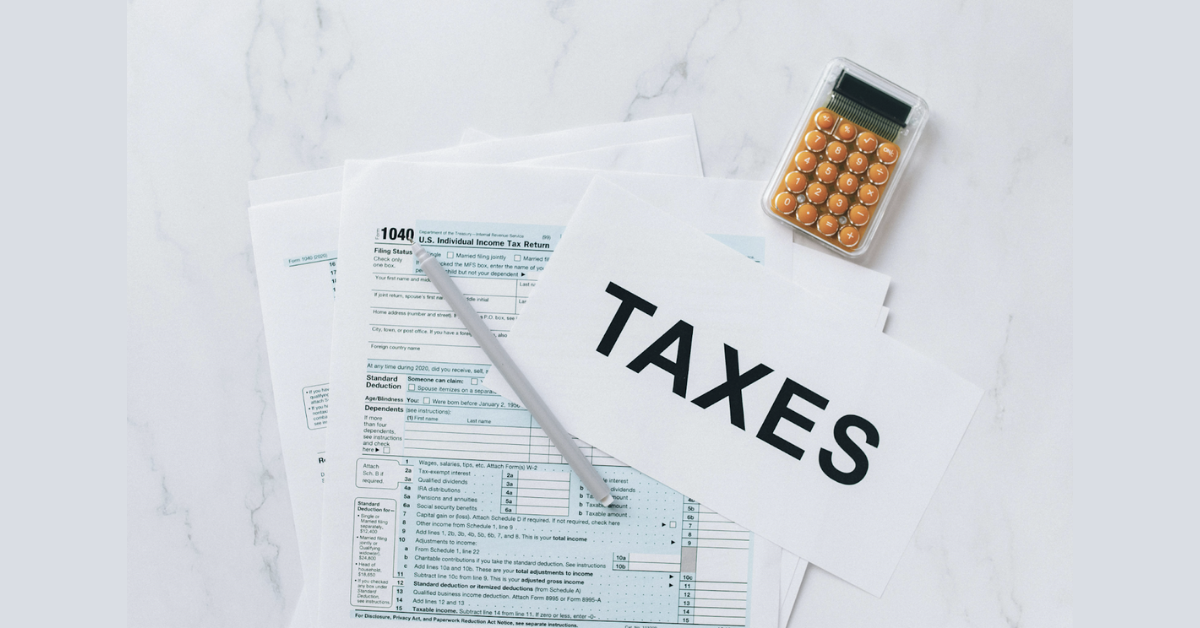Demystifying Tax Season: A Comprehensive Guide to Income Tax Preparation
The annual chore of income tax preparation often needs to be clarified. However, having a working knowledge of what’s considered taxable income, where to find necessary documents, smart filing options, common deductions & credits can streamline the process.
Income tax preparation remains mandatory for all working professionals and business owners each year. Though many dread tax season, a bit of planning, organization, and understanding of optimal filing can dramatically simplify and accelerate the process.
Understanding Taxable Income
At its foundation, comprehensive income tax prep relies on a working grasp of what income sources are taxable annually. This encompasses:
Wages and Salaries
The taxability of wages and salaries applies to all income employees earn from providing services to employers. This includes regular earnings via paycheck, bonuses, commissions, stock options awarded by an employer, severance pay, and some fringe benefits. Tracking totals here represents the starting point for most.
Interest Income
According to IRS guidelines, you must also account for interest earned from accounts held at banks, credit unions, and elsewhere. Common examples include traditional savings accounts, certificates of deposit (CDs), some checking accounts, and bonds held over the past year. Interest accrued becomes taxable.
Dividend Income
If you hold investments like stocks and mutual funds that paid dividends over the year, these also count as taxable income. Even if dividends were automatically reinvested back into holdings, they must be reported appropriately.
Capital Gains
Selling appreciated investments like stocks, bonds, precious metals, and real estate can trigger capital gains (or losses) with tax implications. Though long-term gains enjoy lower rates, this income merits tracking as well.
Rental Income
Owning and renting out real estate is a common way to generate taxable income each year. Beyond merely tallying rent payments received, legitimate deductions for property taxes, maintenance, utilities, and mileage can lower your ultimate tax burden.
Business Income
Depending on your corporate structure, both full-time and side business income is reported accordingly. Schedule C remains common for sole proprietorship income and expenses. Remember, hobby income rules still require reporting regardless of formal business status.
Unemployment Compensation
Unfortunately, if you collect unemployment insurance benefits for any period when you are out of work during the year, the rules dictate that this income is taxable. However, taxpayers can choose to withhold taxes upfront when first applying for benefits.
Miscellaneous Income
This blanket category addresses any stray income you accrued that does not neatly fit into the buckets above. Examples include alimony received from an ex-spouse, state tax refunds, jury duty fees, hobby incomes above $600, and gambling winnings beyond losses or deductions.
Gathering the Necessary Documents
With clarity gained around the total taxable income to report based on your specific scenario, the next step is to gather and organize all essential documentation.
Required forms, statements, and other proof of income sources make the filing process vastly smoother. Based on the taxable buckets covered previously, here’s a checklist of must-have documents:
W-2 Forms
Employers must furnish every W-2 employee wage statement reflecting calendar-year compensation and withheld taxes by January 31st. These statements break down earnings, tips, tax amounts, retirement plan contributions, and more and are used when filing.
1099 Forms
Similarly, you should receive 1099 statements from any third-party sources from which you earned relevant taxable income over the past year. Banks, clients, investment firms, and others use 1099 forms to highlight details like interest, dividends, freelance income paid, or proceeds from sales.
Receipts for Deductible Expenses
Properly organized receipts become essential if you plan to itemize deductions for work expenses rather than the standard deduction. Examples include mileage logs, equipment purchases, home office utility bills, professional dues, and more with specific requirements.
Proof of Income for Self-Employed
Running your business brings added documentation duties beyond ordinary W-2 earnings at tax time. Tracking all revenue and expenses meticulously using accounting software and the retention of receipts and bank records prove vital to proving declared income and maximizing write-offs.
Prior Year Tax Returns
Retrieving copies of your previous one to three years of tax returns can substantially accelerate preparation. Comparing old forms alongside new W-2s, 1099s, and income data quickly reveals any gaps needing attention. Reviewing past returns also reminds you of recurring write-offs forgotten.
Common Deductions
Regardless of your tax filing strategy selected, maximizing savings hinges greatly on claiming applicable deductions around expenses accrued during the year. Most taxpayers choose between the standard deduction or itemizing qualified expenses.
Standard Deduction
Choosing the standard deduction requires minimal effort or record-keeping. Simply claim the published inflation-adjusted standard deduction amount for your filing status. This figure subtracts directly from total income earned, lowering your ultimate taxable amount reported to the IRS.
Itemized Deductions
Itemizing deductions takes more effort yet delivers substantial tax savings for many filers able to compile adequate documentation around qualified expenses tied to categories such as:
Home Ownership Expenses – Mortgage interest, property taxes, some insurance
Medical Expenses – Out-of-pocket costs exceeding annual minimums
State & Local Taxes – Beyond just income taxes from paychecks
Charitable Donations – For nonprofit 501(c)(3) organizations
Work & Education Expenses – If required and not reimbursed
Keep exhaustive records around potentially itemizable expenses as the year progresses, and depending on your situation, you could generate thousands of extra back in refunds. Just ensure you meet the stated eligibility requirements for each deduction category when tallying expenses for submission.
Common Tax Credits
Beyond deductions lowering taxable income tallied, also look into tax credit opportunities available, providing dollar-for-dollar direct reductions of the eventual amount owed or boosting refund size. Some examples include:
Earned Income Tax Credit (EITC)
The EITC offers substantial aid for low—and moderate-income households meeting income thresholds and other stated qualifications. Tax filers with and without children in the home could earn this credit, lowering taxes directly. Consult the EITC lookup tool to confirm eligibility.
Child Tax Credit
Households recognized as dependents ages 17 and below may qualify taxpayers for up to $2,000 per child off eventual taxes due or added to the refund total. Phase-out limits apply as income levels rise annually from thresholds.
Child and Dependent Care Credit
Working parents supporting children under age 13 or dependents unable to provide self-care also earn this tax credit covering 20-35% of childcare costs incurred during the year if sufficiently documented. Up to $6,000 in expenses are considered per dependent.
Education Credits
College students or adults pursuing career advancement or change through added studies/certifications can tap tax credits, lowering degree costs long term. The American Opportunity Tax Credit and Lifetime Learning Credit alleviate tuition burdens, targeting early undergrads and mid-career professionals up to income limits.
Conclusion
Income tax preparation ultimately comes down to understanding what counts as taxable income based on your employment status, organizing skills, gathering/archiving all required documents accordingly, pursuing DIY or professional assistance as appropriate, and aggressively leveraging deductions and credits to retain hard-earned dollars.
Leverage the latest tax software and professional guidance from seasoned CPAs when prudent, and stay abreast of emerging deductions and credits that evolve over time as income and investable assets grow.







